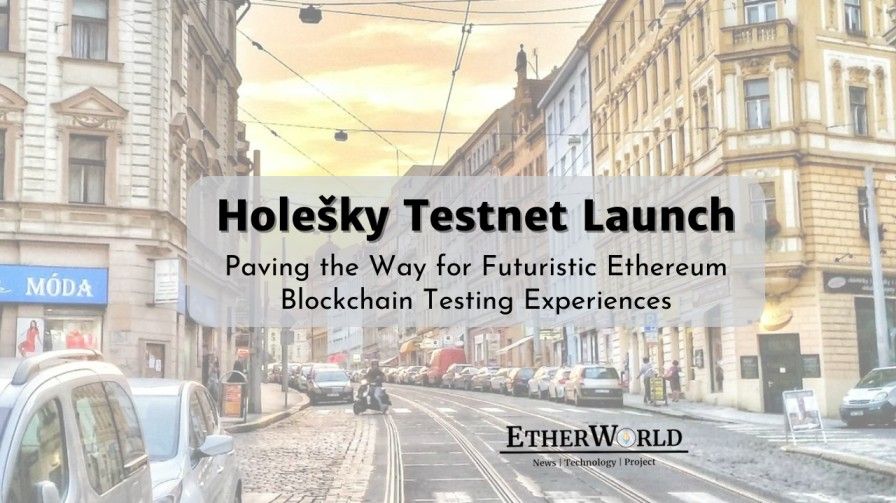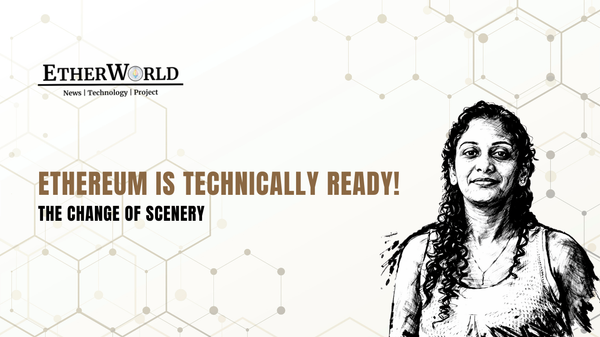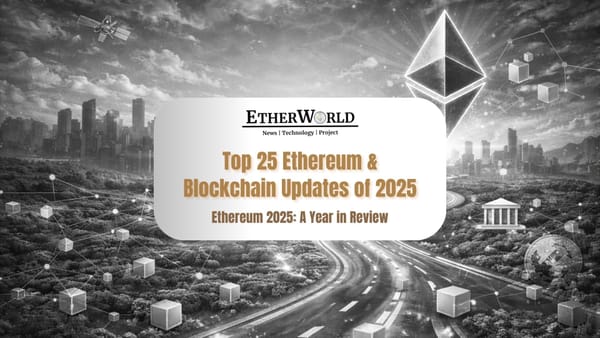Holesky is a novel testnet designed to replace Goerli and streamline the process of stress testing consensus layer specs changes. The anticipated launch date is set no later than September, with a tentative target of September 15th, also known as "Ethereum Merge Day".
- Why sunset Goerli?
- Why Holesky Testnet?
- Timeline to Holesky Testnet
- Predictable Ethereum Testnet Lifecycle Proposal
Why sunset Goerli?
The demand for Goerli Ether has experienced a significant surge due to the testing of staker setups, with each validator requiring 32 Ether. Following the deprecation of the Rinkeby testnet last year, numerous projects have opted to migrate to Goerli instead of Sepolia. However, this transition has come with its fair share of challenges. Faucets have either been depleted or compromised, rendering the network unusable for many developers. Nevertheless, the trading of Goerli Ether has increased its accessibility for purchase, despite being available for free.
This current situation can be divided into two distinct problems. Firstly, stakers lack a straightforward means of testing their staking processes, while secondly, developers find themselves needing to spend actual money to test their applications.
Why Holesky Testnet?
Holesky is being launched to replace Goerli and increase the number of validators on the Ethereum mainnet. The primary objective is to facilitate stress testing of consensus layer specs changes.
The EF DevOps team has established the following objectives for the Holesky testnet:
- Network Testing: Holesky aims to conduct thorough network testing by doubling the number of active validators compared to the Ethereum mainnet. This will help identify and address any potential network issues before they impact the mainnet.
- Inflation Simplification: To streamline the inflation process, the team plans to implement supply techniques utilized in the Sepolia testnet. These proven strategies will contribute to simplifying the inflation process within Holesky.
- Minimum Validator Count: The testnet is required to commence with a minimum of 1 million validators. This significant number of validators will ensure a robust testing environment for Holesky.
- Client Team Commitments: The client teams have been encouraged to contribute by running a substantial portion of the validators. Aiming for at least 66% participation from each client team, approximately 100,000 validators per team, will ensure the achievement of finality in the testnet.
Timeline to Holesky Testnet
"Holesky Testnet Launch Coordination Call #0," was scheduled for Thursday, June 15, 2023, at 12:30 UTC. The Core Devs have proposed a timeline for the launch of the Holesky testnet and related milestones as follows:
- June 29: Holesky Coordination Call - Gather hard commitments from the client teams, node operators/L2 protocols, and other stakeholders regarding genesis validators.
- July 20: Alignment Call (if necessary) - An additional call to ensure alignment and address any outstanding issues.
- July/August: Private Testing - Conduct private genesis testing with various client teams.
- August 17: Final Genesis State & Config Release - Release the final configuration for Holesky, with no further changes beyond this point.
- September 15: Genesis Event - Launch the Holesky testnet.
- October 1: Decision Point - Evaluate testnet performance and consider announcing the new testnet or regenesis if finality is not achieved.
Holešky is set to replace Goerli as a testnet for staking, infrastructure, and protocol development. When it comes to testing decentralized applications, smart contracts, and other EVM functionalities, developers highly recommend utilizing the Sepolia Testnet.
Predictable Ethereum Testnet Lifecycle Proposal
The proposal aims to address the Goerli Supply issues by implementing specific measures. Firstly, it is recommended to establish a regular schedule for launching a new testnet every two years, starting from a specific date, such as October 1st. This schedule will be followed in 2023, 2025, 2027, and so on.Secondly, the lifespan of these testnets should be limited to a maximum of five years. This period will consist of four years of active support, with an optional additional year of long-term support if heavy usage necessitates it.
Once a testnet reaches its end-of-life date, client teams will no longer provide support. To ensure smooth transitions, both client teams and infrastructure providers are encouraged to commit to supporting these schedules. This commitment will allow application developers to prepare necessary migrations well in advance. The proposed schedule guarantees the availability of at least two public testnets for all stakeholders in the ecosystem. This arrangement minimizes the need for application migrations, on average, once every four years.
Related Articles
- The Evolution of Ethereum Testnets
- Ethereum Testnets after The Merge
- Goerli and Prater Testnet Merge
- Ropsten testnet Merge
- Sepolia Testnet Merge
Related Videos
- The Future of Ethereum Goerli Testnet
- How to Use Polygon testnet?
- How to Use BSC Testnet?
- ETH Withdrawals: Everything You Need to Know
- Ethereum Transaction Lifecycle

Disclaimer: The information contained in this website is for general informational purposes only. The content provided on this website, including articles, blog posts, opinions, and analysis related to blockchain technology and cryptocurrencies, is not intended as financial or investment advice. The website and its content should not be relied upon for making financial decisions. Read full disclaimer and privacy Policy.
For Press Releases, project updates and guest posts publishing with us, email to contact@etherworld.co.
Subscribe to EtherWorld YouTube channel for ELI5 content.
Share if you like the content. Donate at avarch.eth or Gitcoin
You've something to share with the blockchain community, join us on Discord!









